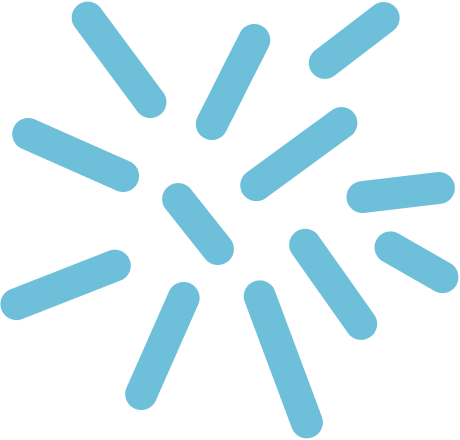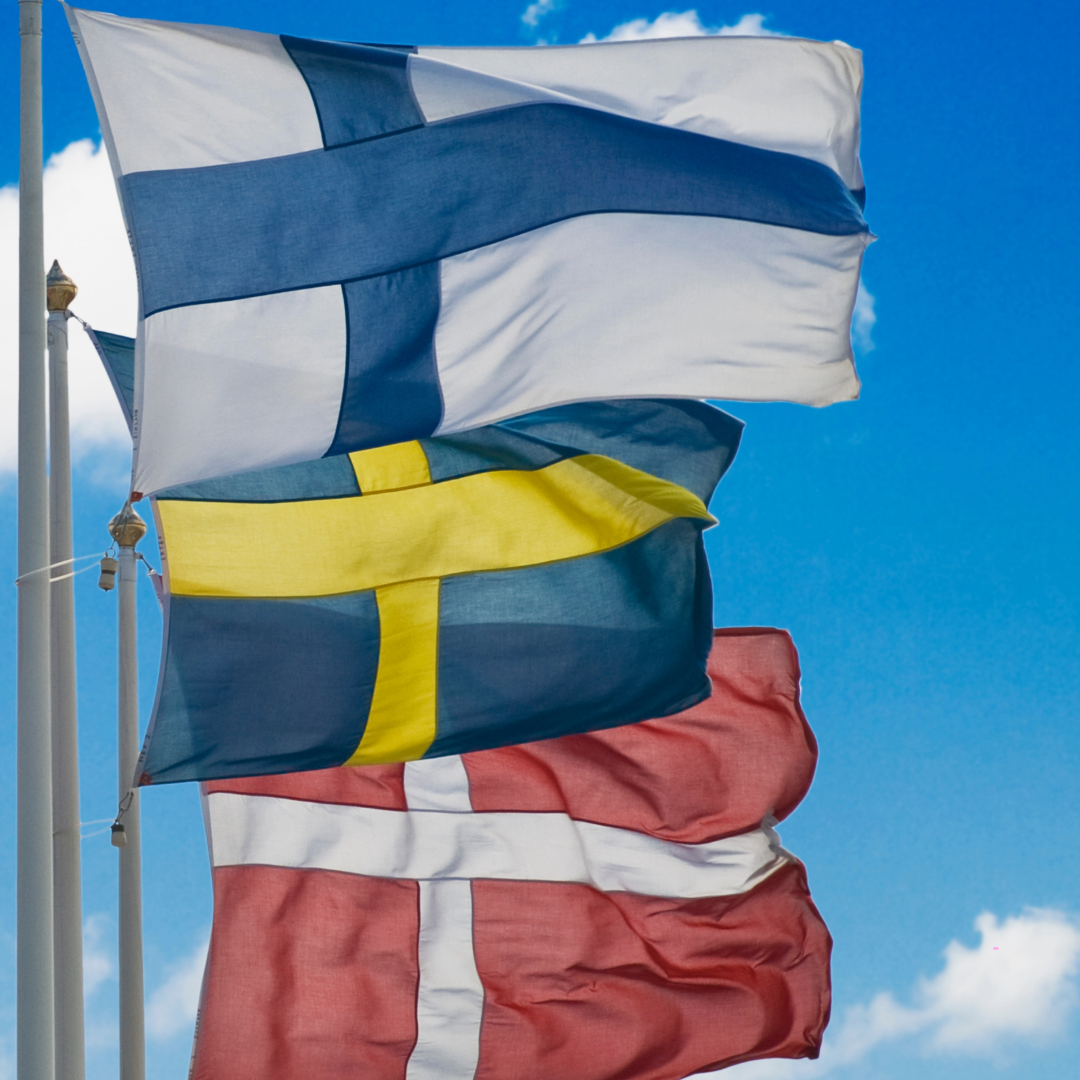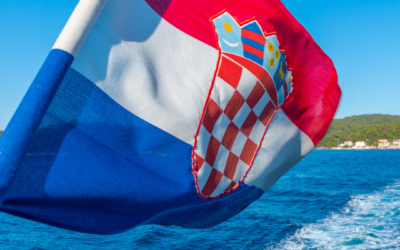Waste separation in Denmark, Norway & Co.: standardised symbols used in the Nordic countries
A lot has happened in the Nordic countries in terms of waste separation in recent years: standardised symbols have been used in Denmark since 2017 to simplify waste separation for consumers and businesses. The use of the pictograms is voluntary. Norway, Sweden, Finland and Iceland have followed suit and have also introduced the ‘Nordic Pictograms’ system for waste separation. The symbols can be found not only on packaging, but also at recycling stations and in public spaces. The clear labelling makes it easier to dispose of waste correctly and ensures that more recyclable materials are reused.
The standardised waste system has many advantages for companies that export packaging to these markets: It creates orientation, strengthens consumer confidence and contributes to sustainability. In this article, we reveal what you need to bear in mind.



Why a standardised symbol system?
A common waste symbol system is intended to make waste sorting clearer and more consistent in order to support the population and companies in recycling and promote environmental goals. The standardised and flexible symbols not only make it easier to sort waste correctly, but also create a familiar system that works in the same way in all Nordic countries.
What is special about the system? Not only packaging is labelled, but also waste containers and recycling stations to create a direct visual link between waste and the correct container and make sorting as easy as possible. Consumers can orientate themselves independently of the country and separate waste more precisely.
It is also easier for you as a producer to use the pictograms directly for the entire Nordic market and make your contribution to the circular economy.
The Nordic waste symbol system
The Nordic waste symbol system currently comprises 91 standardised pictograms that cover different types and categories of waste – from used glass and plastic to electrical appliances and garden waste. The symbols are used in different areas: in households, businesses, public facilities and at recycling centres. This standardised labelling ensures clarity and supports waste separation along the entire value chain.
The system is based on standardisation, flexibility and accessibility. Municipalities, companies and private individuals can use the symbols free of charge and only have to bear the costs of implementation (e.g. printing on packaging). The system was developed in collaboration with various stakeholders from the recycling and waste management industry. The system is intended to be widely used and easy to implement so that separation is standardised in all places – whether in the supermarket, at work or at home.
Brief insight into the system
A distinction is made in the labelling between household collection and collection for recycling centres.
The household collection consists of ten fraction categories (garden waste, food waste, waste glass, waste paper, cardboard, electrical appliances, hazardous waste and pollutants, plastic, scrap metal and residual waste). Each of these fractions has its own colour. In addition, there are 18 symbols for these fractions, which consist of the colour of the fraction, a pictogram and the fraction designation.
For recycling centres, there are 12 fraction categories (some of which overlap with those for household collection) and 83 symbols.

You can access the pictograms here: https://cirkulaer.dk/piktogrammer-til-affaldssortering
Advantages for exporters and retailers
If you export products and packaging to Nordic countries, the standardised waste symbol system offers clear advantages. The use of the symbols on packaging makes it possible to provide consumers with clear guidance on waste separation. This allows you to ensure that your packaging is disposed of easily and correctly and complies with waste guidelines.
In addition, the use of the symbols contributes to the sustainability positioning of companies. Consumers can see that brands are actively participating in the circular economy and taking responsibility. You also have the opportunity to rely on an established system that makes the waste recycling process smooth and strengthens confidence in the product. Overall, by using the standardised symbols, exporters and retailers not only promote their market acceptance, but also the environmental goals of the Nordic countries.
Conclusion: Why you should use the symbols
The joint symbol system of the Nordic countries offers export companies and retailers a valuable opportunity to adapt their packaging to the high demands and expectations of the markets. The standardised symbols make it easier for consumers to separate waste and strengthen the image of sustainable brands. By using the symbols on your packaging, you not only support the circular economy and promote the recycling of valuable resources, but also show that your company is forward-looking and environmentally conscious.
A sustainable commitment that pays off on the Nordic market – and can help to simplify the recycling process and protect the environment in the long term.
EPR obligations in the Nordic countries

LIZENZERO.EU makes packaging compliance in Europe very easy.
Do you ship your products to different countries in the EU? Many different legal requirements and obligations can make the whole thing quite complicated – but don’t worry, we’ll do it for you. How do we do it? With our licensing service, we take over all obligations for you by power of attorney. Sounds good? We’ll be happy to advise you.
For shipping to Germany, you can easily fulfill your packaging obligations yourself via Lizenzero.de.
EPR in Croatia: What exporters need to know
If you’re selling or shipping products to Croatia, there’s one topic you can’t ignore: Extended Producer Responsibility (EPR). This regulation requires companies to take responsibility for the entire lifecycle of their products. And it’s not just aimed at businesses based in Croatia – EPR also applies to exporters from the EU and abroad.
EPR in Switzerland – Recycling for businesses
Clear EPR obligations already apply in many European countries. Manufacturers and retailers are responsible for the entire life cycle of their packaging and must register with the relevant national systems and pay licence fees. But what is the situation in Switzerland?
EPR UK: current obligations for retailers in relation to packaging
Extended Producer Responsibility (EPR) is a European regulation that makes manufacturers, importers and companies responsible for the life cycle of their products and packaging in accordance with the polluter-pays principle. EU countries can interpret the EPR regulations differently, which is why your obligations may vary from country to country. If you are shipping goods to the UK, you should therefore familiarize yourself with the exact regulations in the country in advance in order to avoid sanctions and be compliant. In the following article, we will give you an overview of the current EPR obligations in the UK and take a look at upcoming changes.




